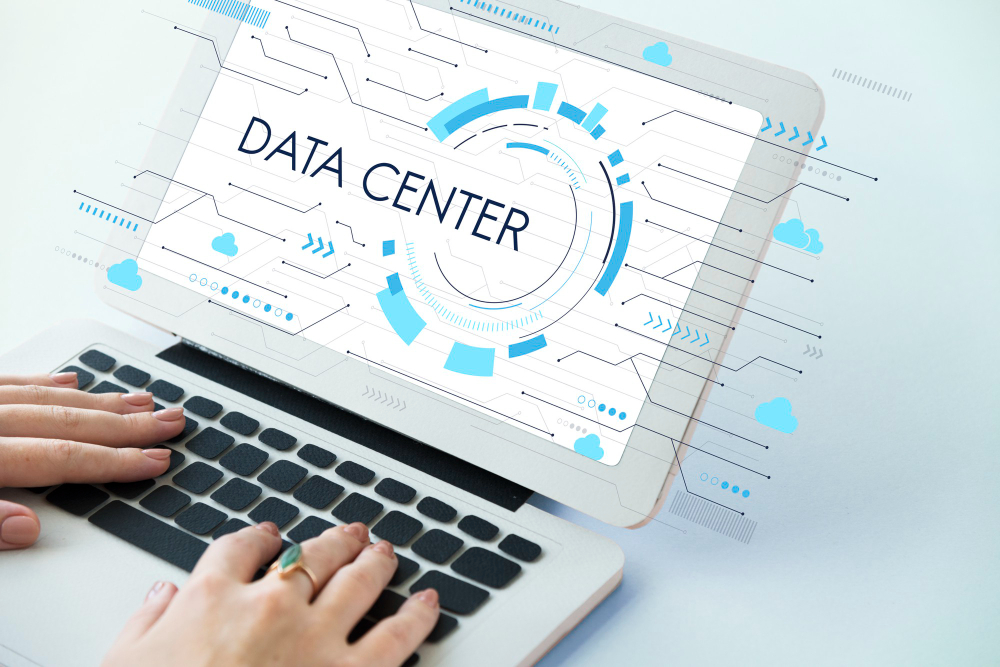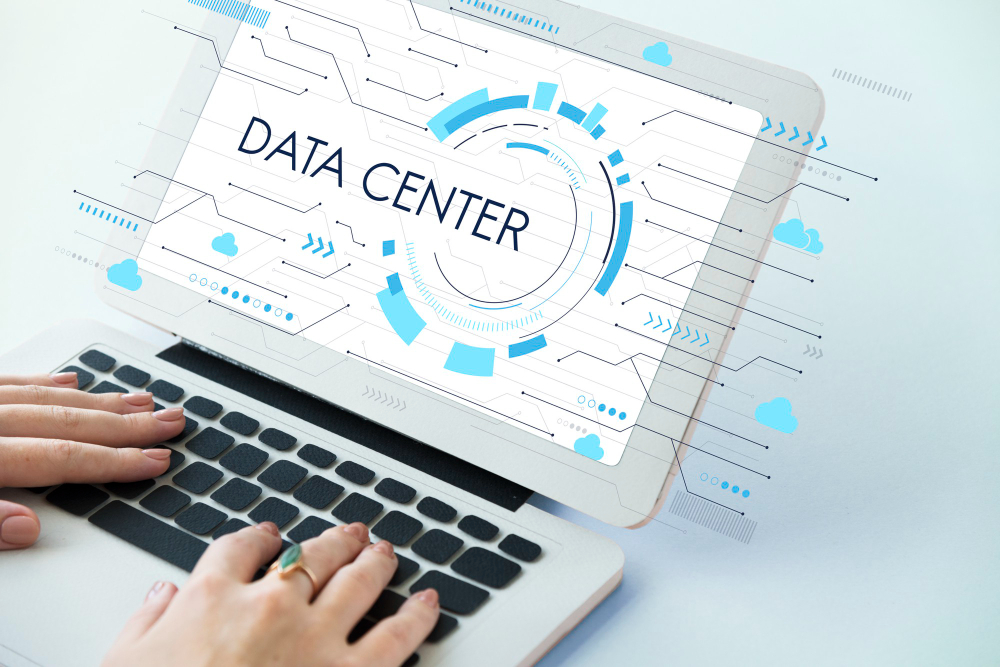
In today’s fast-paced digital world, businesses and organizations find themselves inundated with vast amounts of data from a myriad of sources. This data, undoubtedly, holds the key to unlocking invaluable insights, driving strategic decisions, and fostering innovation. However, the challenge doesn’t stop at merely collecting data; the true test lies in effectively bringing together disparate data types and sources in a manner that is both efficient and scalable. This is precisely where data integration platforms shine, serving as the backbone for organizations eager to harness the full potential of their data by offering a streamlined solution for managing, processing, and transforming data into actionable intelligence.
Embarking on the path to select the right platform can significantly impact your organization. With a plethora of options available, it might seem overwhelming to sift through the multitude of solutions to find the one that best meets your needs. To simplify this task, we’ve handpicked a list of the top 7 data integration platforms in 2024 that you should keep on your radar. Each platform is unique in its own right, bringing to the table distinctive strengths that can be pivotal in unlocking your data’s true value. So, without further ado, let’s dive into the details of these standout tools in the ever-evolving domain of data integration.
1. Informatica PowerCenter
Leading the pack is Informatica PowerCenter, renowned for its robust data integration capabilities. Moreover, PowerCenter excels in delivering high-performance data integration solutions across various industries, cementing its reputation as a reliable and scalable choice for enterprises. Notably, the platform supports a wide range of data formats and repositories, enabling seamless integration of data from disparate sources. Furthermore, its user-friendly interface ensures that complex data integration tasks become more manageable for both IT professionals and business users alike.
2. Talend
Next up, Talend is a formidable contender in the realm of data integration platforms, offering a comprehensive suite of tools designed to cater to the evolving needs of modern businesses. This open-source platform distinguishes itself through its ability to streamline data integration, data quality, and big data processes within a unified environment. Additionally, Talend’s flexibility makes it an ideal option for organizations of all sizes, enhancing its appeal across the board. Also, its extensive library of pre-built connectors allows for swift and efficient integration with a wide array of data sources and applications.
3. Microsoft Azure Data Factory
For those leaning towards cloud solutions, Microsoft Azure Data Factory presents a compelling cloud-based data integration service that excels in the creation, scheduling, and orchestration of data workflows. This platform is particularly advantageous for organizations looking to leverage the cloud for their data integration and transformation needs. Moreover, Azure Data Factory supports an extensive range of data stores and offers a rich set of capabilities for data movement and transformation, positioning it as an excellent choice for crafting complex data-driven workflows in the cloud.
4. AWS Glue
Part of Amazon Web Services, AWS Glue is a fully managed extract, transform, and load (ETL) service that simplifies the preparation of data for analytics. Its serverless architecture ensures that users can effortlessly scale their data integration tasks without worrying about managing the underlying infrastructure. Furthermore, AWS Glue excels at making the process of discovering, preparing, and combining data for analytics, machine learning, and application development more straightforward, thereby making it a strong option for those already integrated into the AWS ecosystem.
5. Google Cloud Data Fusion
Google Cloud Data Fusion stands out as a fully managed, cloud-native data integration service that enables users to efficiently build and manage ETL/ELT data pipelines. Moreover, its graphical interface simplifies the design, deployment, and management of data integration tasks, making it accessible to a broader range of technical experts. Additionally, the seamless integration with other Google Cloud services enhances its utility, providing a cohesive data integration solution for businesses leveraging the Google Cloud Platform.
6. IBM DataStage
IBM DataStage offers a dynamic data integration platform capable of handling the integration demands of businesses large and small. It shines in integrating data across multiple systems, ensuring businesses have consistent, accurate, and up-to-date information for decision-making and analytics. Moreover, DataStage provides a flexible and scalable solution that can manage the collection, transformation, and integration of large volumes of data with varying complexity.
7. Fivetran
Finally, Fivetran is a modern data integration platform that automates the collection and integration of data into a centralized data warehouse. Known for its simplicity and efficiency, Fivetran offers fully managed pipelines that significantly reduce the time and effort required to integrate data from various sources. Moreover, its focus on automation and maintenance-free operation makes it an attractive option for businesses seeking to minimize operational overhead while maximizing data value.
Conclusion
In conclusion, mastering the art of data integration in the digital era is not merely advantageous; it’s imperative. The platforms explored herein offer a spectrum of capabilities and features poised to address the diverse challenges of data integration. Whether your focus is on cloud-based services, open-source flexibility, or automation and scalability, there is a solution out there that can meet your specific needs.
Choosing the right data integration platform is a critical decision that will influence your organization’s capacity for innovation and competitive edge. It’s crucial to weigh not only the technical capabilities of each platform but also how they align with your strategic objectives and operational workflows. By embracing the strengths of these platforms, businesses can unlock new insights, boost efficiency, and cultivate a data-driven culture geared toward success in the digital landscape.
Read More:

BettrData.io is an easy-to-use data operations solution. We use AI and machine learning to transform, enhance and validate data.

Unlock the
power of data
Power your business with the tools and resources necessary to succeed in an increasingly complex and dynamic data environment.

Company
Legal

Company
Legal
Regulation

